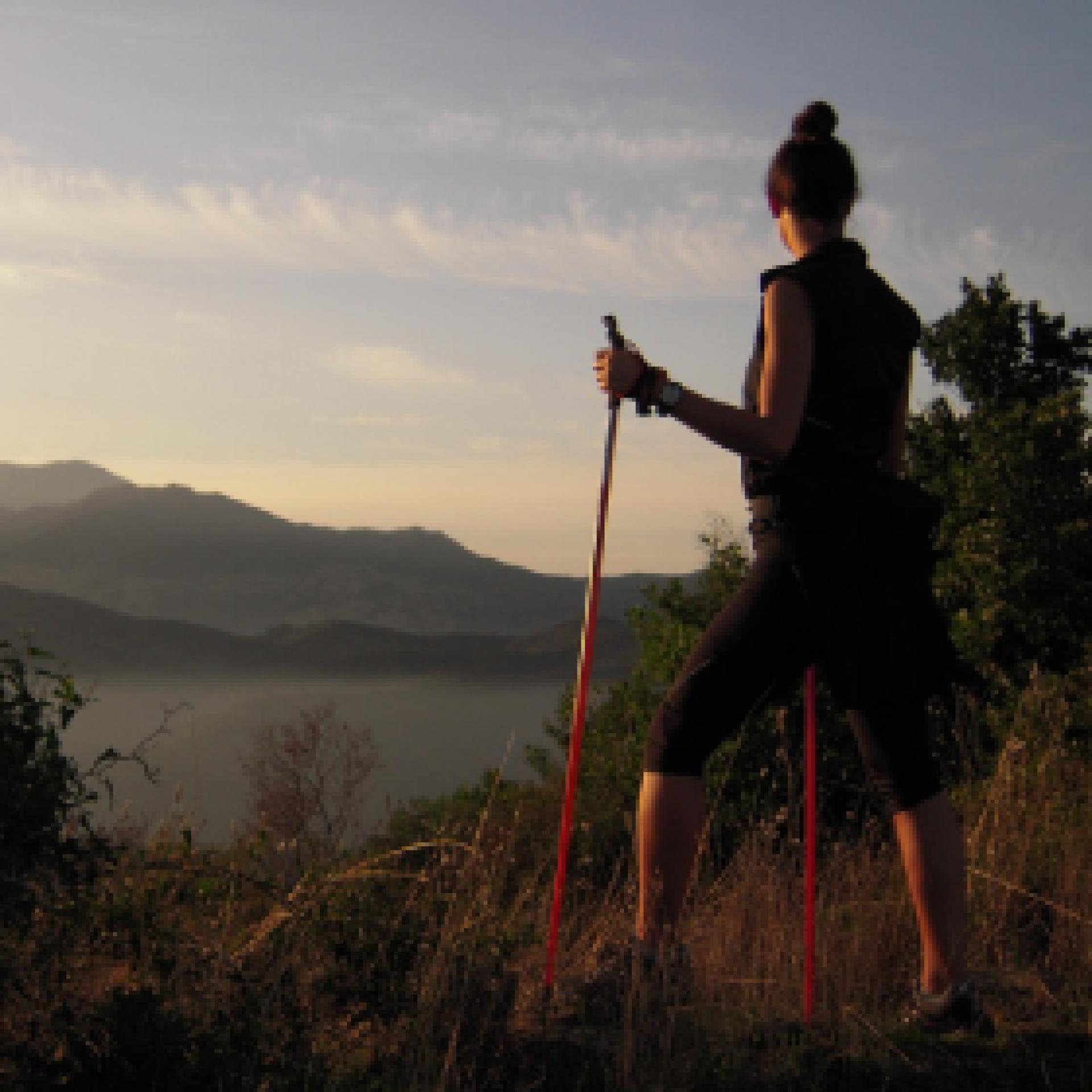Lodine, Puddis. Un balcone panoramico sul lago
Accesso
Seppure il parco comunale di Puddis sia di proprietà del Comune di Lodine, esso appartiene territorialmente al Comune di Gavoi, ma il forte legame della comunità lodinese con questa montagna è dovuto anche alla sua vicinanza col piccolo centro montano.
Si parte a piedi dunque dalla SP30 che costituisce anche la via principale, individuando le indicazioni per il Parco Comunale Puddis che portano ad imboccare la Via IV Novembre, in leggera discesa.
La sorgente
Dopo un breve tratto si svolta a destra, raggiungendo rapidamente la sorgente di s’Antana ‘e Bidda, posta leggermente sotto il piano stradale e sempre ottima e fresca. Lasciata la sorgiva alle spalle si prende a salire gradualmente per una rotabile fiancheggiata da muretti a secco, circondati da roverelle mature e rade, nel tipico ambiente della Barbagia di Ollolai. La strada procede rettilinea e dopo un primo tratto si spiana, rimanendo sempre cementata fino ad un grosso spiazzo dove termina il tratto pavimentato. Leggermente a sinistra rispetto alla direzione di arrivo si trova un cancello che è necessario richiudere, mentre un cartello in legno segnala che si è arrivati ormai al parco di Puddis.
Puddis
Si entra quindi nel grosso tancato, mirando ad una strada sterrata sulla sinistra. Sarebbe possibile, inoltre, visitare il castagneto che si trova ad una quota inferiore, oggetto attualmente di un governo a ceduo. Imboccata la strada si sale leggermente di quota, fiancheggiati da un bosco di roverelle piuttosto giovane, inframezzate da un fitto ericeto. Sulla zona si staglia il profilo di una grossa antenna che fa da ripetitore televisivo.
La strada prosegue in direzione sudovest e poi piega bruscamente a destra in direzione delle antenne. Sulla sinistra si individua qui un esile sentierino che scende leggermente, mirando ad una vasta radura sovrastata da alcune rocce granitiche dalle belle forme tafonate.
Vista lago
Si risale cautamente sulle rocce, scoprendo un panorama di straordinaria vastità.
Ai piedi del picco si apre la valle di Gusana, col suo lago montano circondato dai boschi ad occupare il ruolo di protagonista. Il Gennargentu e il Supramonte, sullo sfondo, coronano con le loro sagome montuose un dedalo di valloni boscosi, creste ondulate o rotte da picchi granitici, lontani paesi o forre profonde. Nei pressi del rocciaio, le case di Gavoi e le cime di San Basilio concludono questa straordinaria veduta su quest’angolo di Sardegna.
Una volta ultimata la visita, si ritorna al paese per la strada seguita all’andata.
- Log in to post comments

